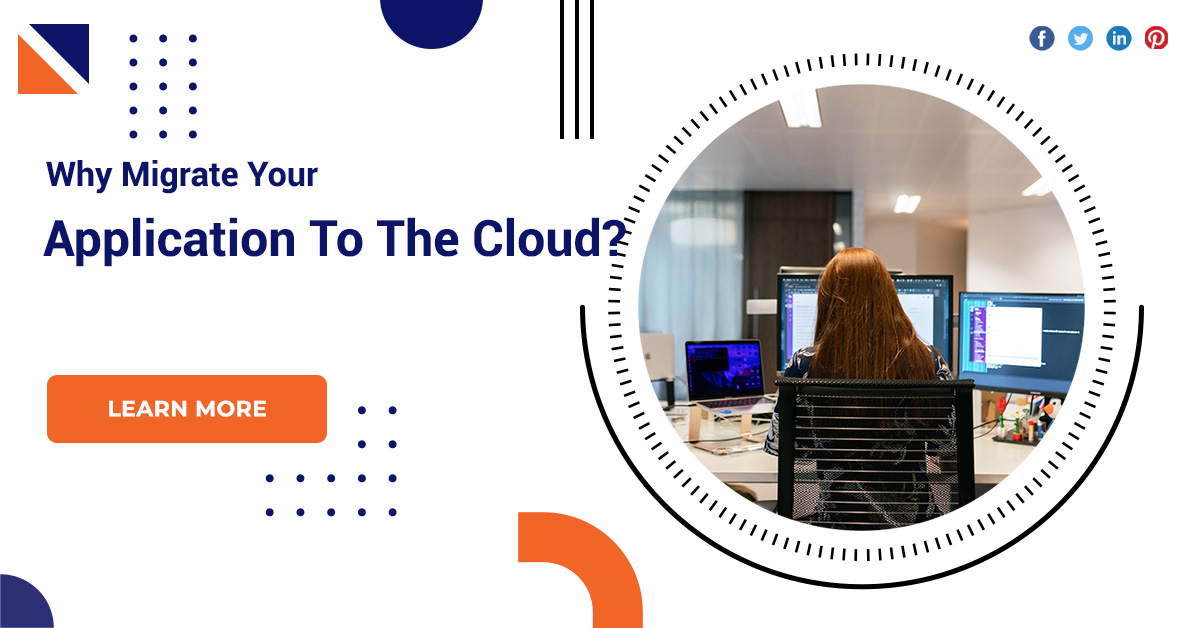Why Migrate Your Application To The Cloud?
One of the most transformative strategies gaining immense traction is migrating applications to the cloud. This paradigm shift is not merely a trend but a strategic imperative that empowers organizations to harness the full potential of digital transformation. Migrate your application to the cloud offers unparalleled scalability, agility, and cost-efficiency, enabling businesses to adapt to changing demands, optimize resource utilization, and accelerate their time-to-market.
Migrate Your Application To The Cloud?
Identify the application and assess its cloud readiness
To effectively evaluate an application’s suitability for cloud migration, it is essential to begin by identifying the specific application in question. This initial step helps in understanding the application’s architecture, dependencies, and requirements. Once the application is identified, a comprehensive assessment can be conducted to determine its readiness for the cloud environment. This assessment typically involves evaluating factors such as scalability, security, data management, compliance, and integration capabilities.

Are application updates required for cloud migration?
When assessing an application’s cloud readiness, you can decide to:
- Refactor your app for the cloud
- Lift and move the application to the cloud
- Modernize your application with containers Below is a description of each approach and when it is appropriate to consider it.
Refactoring
Migrating your application to the cloud through refactoring involves making fundamental changes to your application’s code and architecture to take full advantage of cloud-native capabilities. Here are some compelling reasons to consider this approach
Lift and move
Whether it’s the simple act of lifting a heavy object or the more complex endeavor of advancing ideas and society, these actions are the driving force behind our evolution. Physically, lifting and moving objects has enabled us to construct towering skyscrapers, build intricate machinery, and explore the far reaches of space.

Containers
Containers are a lightweight, efficient, and portable technology used in modern software development and deployment. They encapsulate an application and its dependencies, including libraries and configuration files, into a single, isolated unit.
Conduct a cost assessment and review the benefits that drive cloud adoption
Cloud adoption involves a comprehensive cost assessment that encompasses both immediate and long-term factors. Initially, organizations must consider the upfront expenses associated with migrating to the cloud, such as data transfer, training, and potentially re-architecting applications. However, the benefits of cloud adoption are substantial and often outweigh these initial costs.
Challenges associated with migrating critical applications to the cloud
One of the foremost concerns is ensuring the security and compliance of sensitive data, as moving critical systems to the cloud exposes them to potential cyber threats and regulatory issues. Additionally, there can be compatibility issues with existing on-premises infrastructure and applications, necessitating careful planning and potentially costly modifications.
Conclusion
Migrating your application to the cloud is no longer just an option; it’s a strategic necessity in today’s competitive landscape. Whether you choose to refactor your application for maximum cloud-native benefits, opt for a quick lift and move transition, or harness the flexibility of containers, the cloud offers a wealth of opportunities to enhance your application’s performance







